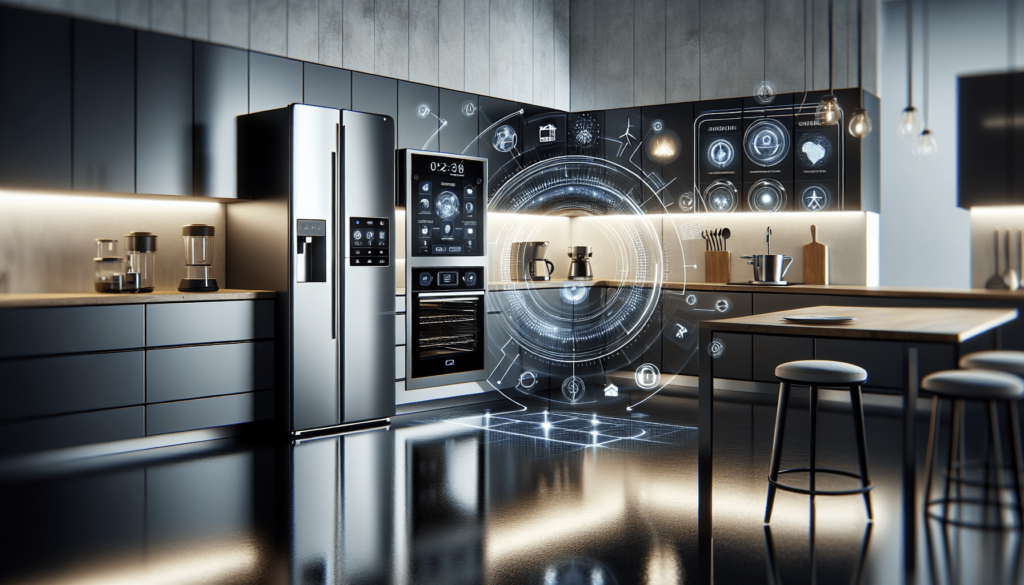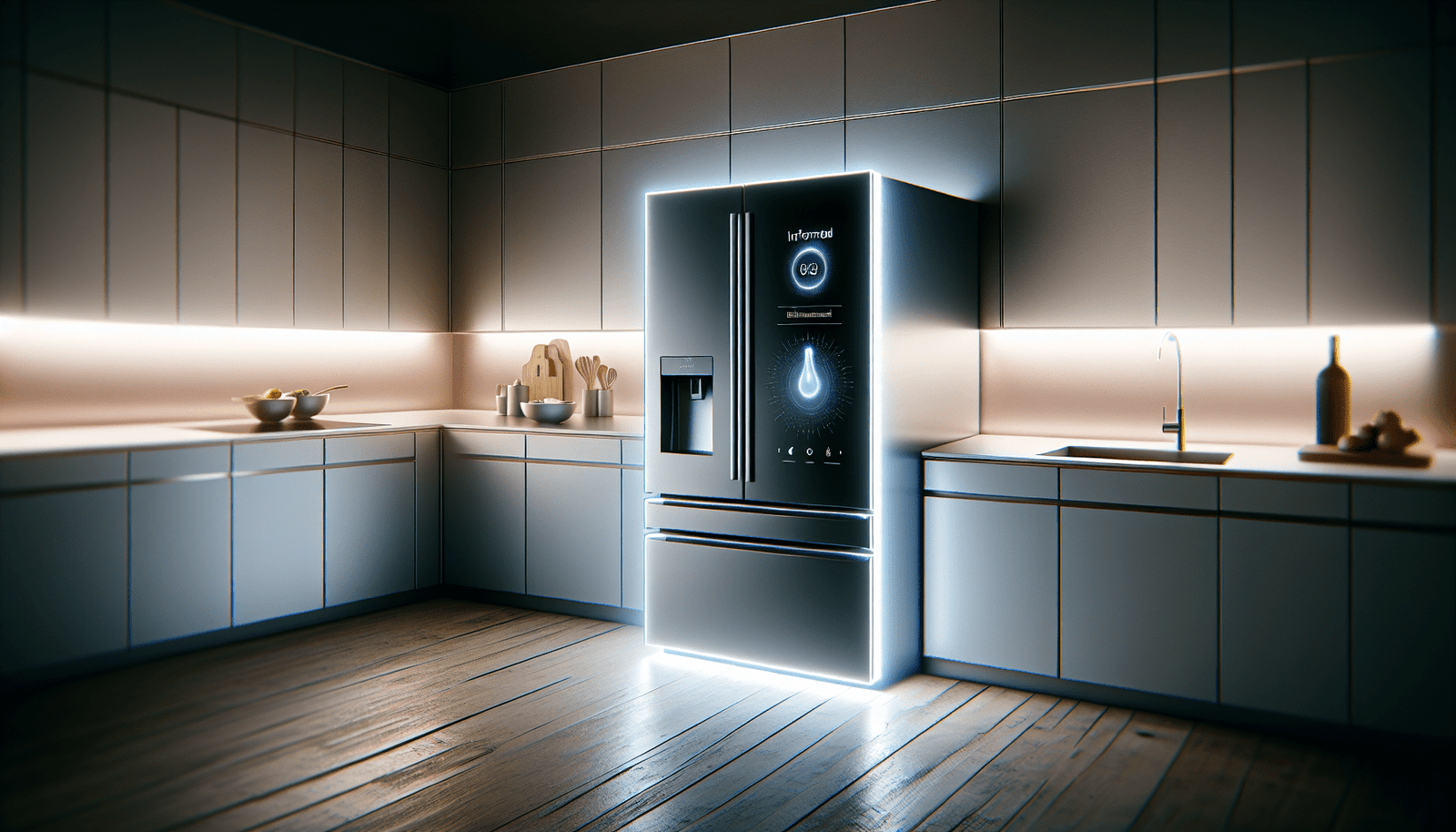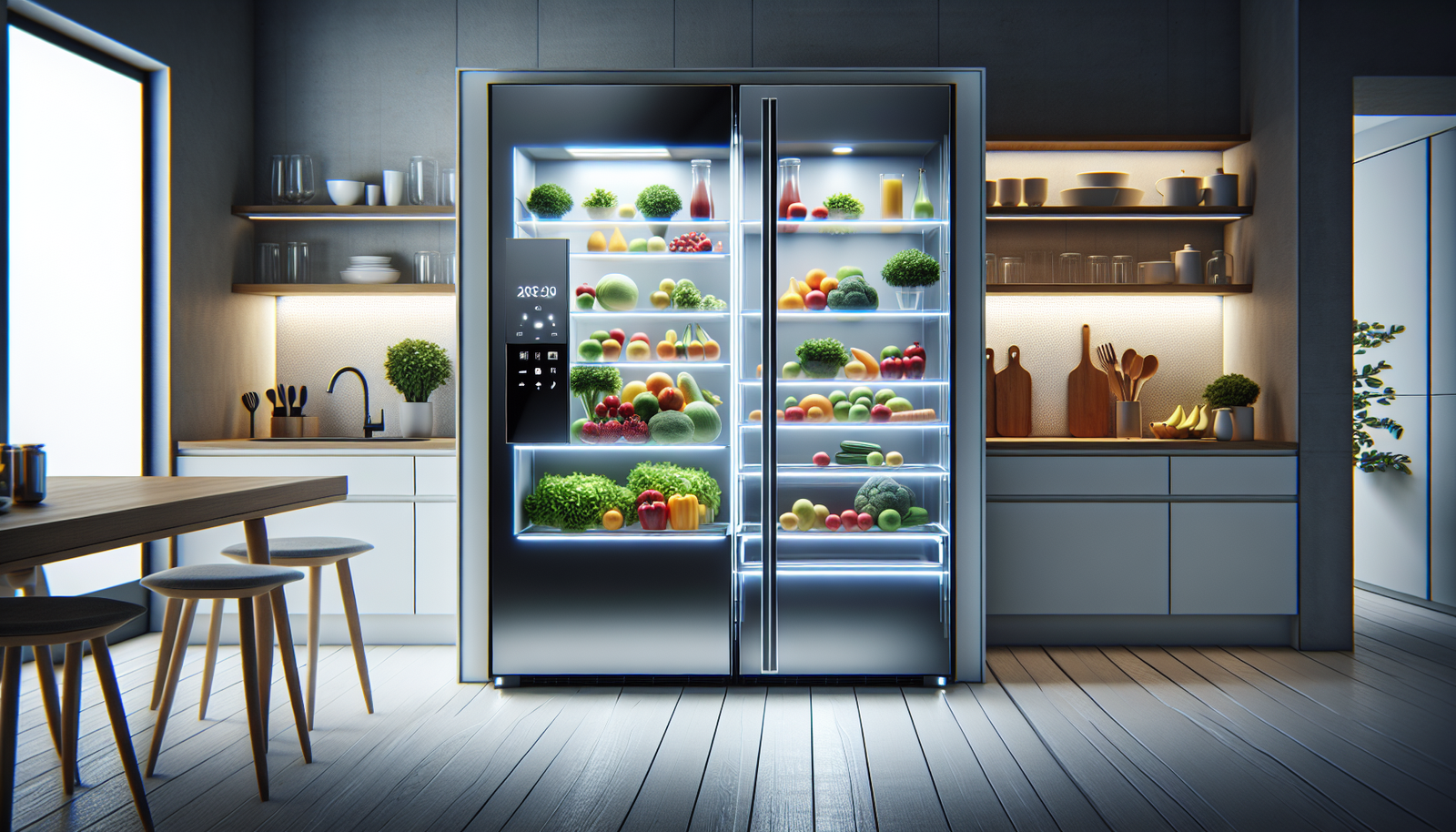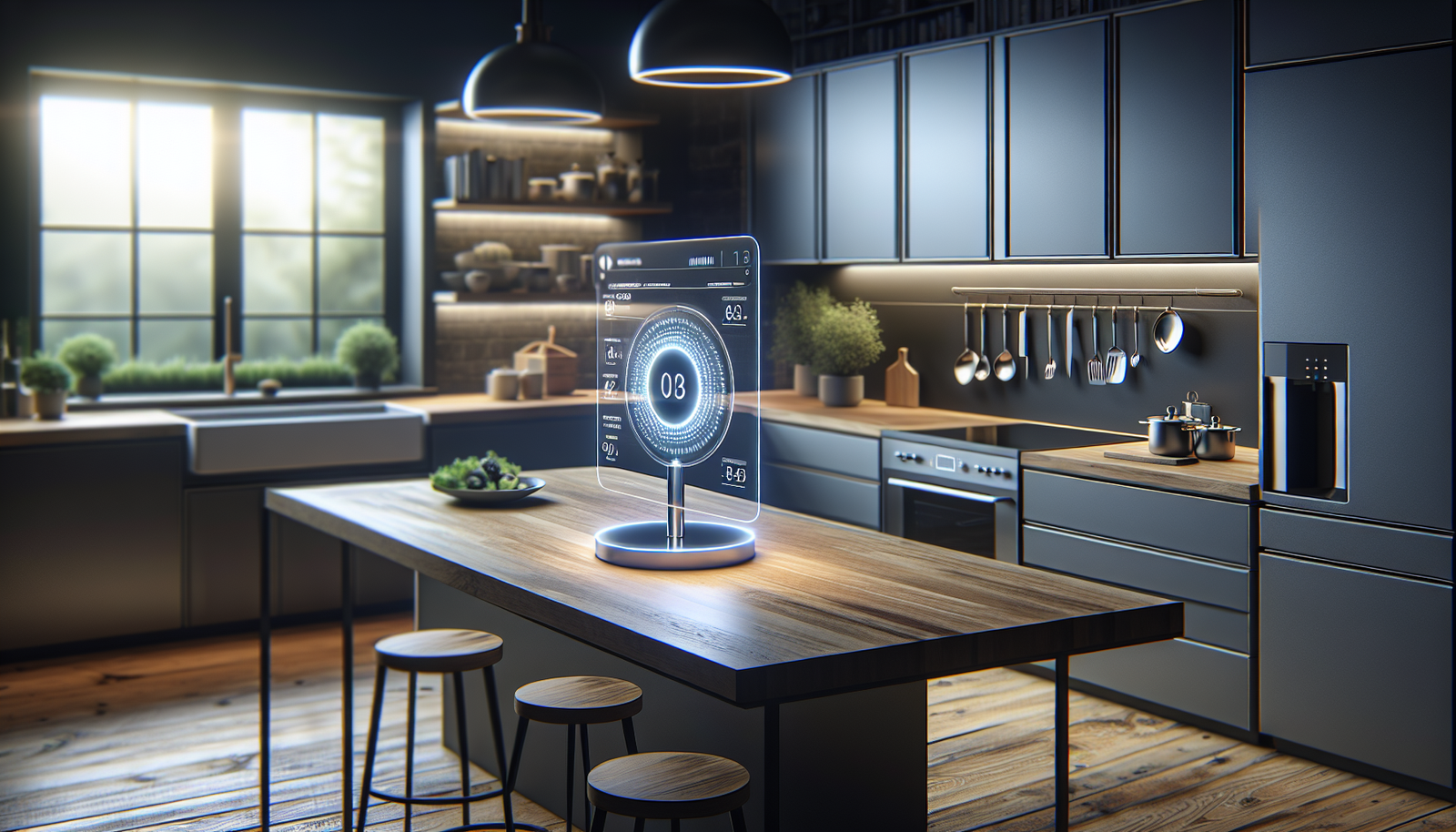Have you ever wondered how you can make your kitchen both smarter and more sustainable? As more homeowners turn to smart technology to modernize their homes, the integration of smart kitchen appliances with renewable energy sources has become an exciting opportunity to maximize efficiency while minimizing environmental impact. This article aims to guide you through the seamless integration of intelligent kitchen devices with renewable energy systems.
Understanding the Smart Kitchen Landscape
Smart kitchens are transformative spaces that utilize advanced technology to enhance cooking, meal prep, and overall kitchen efficiency. By adopting smart gadgets, you can streamline daily tasks, monitor cooking processes with precision, and even control appliances remotely. But, what’s the advantage if these tech-savvy devices rely on conventional energy sources? This is where renewable energy integration comes into play, offering a sustainable power source that complements your smart kitchen’s capabilities.
What Makes a Kitchen “Smart”?
A smart kitchen is an interconnected ecosystem where devices communicate with each other to optimize cooking processes and minimize energy consumption. The following smart kitchen devices are making waves for their efficiency and innovation:
- Smart Refrigerators: Equipped with cameras to check inventory and suggest recipes based on available ingredients.
- Smart Cooktops and Ovens: Allow remote control and monitoring, ensuring precise cooking temperatures.
- Smart Dishwashers: Optimize water and energy use while providing flexibility in operation via smartphone apps.
Integrating these devices with renewable energy sources further enhances their eco-friendliness and operational efficiency.
Benefits of Integrating Smart Kitchen Devices with Renewable Energy
Combining smart kitchen appliances with renewable energy not only reduces your carbon footprint but also decreases energy costs. This sustainable fusion can be broken down into several compelling advantages:
Energy Efficiency and Cost Savings
Smart appliances are designed to reduce unnecessary energy consumption. When paired with renewable energy sources, such as solar panels, they draw power from a sustainable supply, significantly lowering energy bills. The synchronization of smart appliances with time-of-use pricing schemes allows you to use cheaper energy during off-peak hours.
Environmental Impact Reduction
Utilizing renewable energy reduces reliance on fossil fuels, thereby lessening pollution and greenhouse gas emissions. As smart kitchens evolve, this integration represents a meaningful step towards mitigating climate change.
Increased Control and Monitoring
Smart devices offer unparalleled control and monitoring capabilities. With integrated energy management systems, you can track energy usage in real-time, identify trends, and make informed decisions about energy consumption.

Steps to Integrate Smart Kitchen Appliances with Renewable Energy
Creating a kitchen powered by both cutting-edge technology and sustainable energy is an achievable goal. Let’s explore a step-by-step guide for integrating smart kitchen appliances with renewable energy.
Step 1: Evaluate Your Kitchen’s Requirements
Before diving into integrations, assess your current kitchen setup and energy requirements. Understanding the types of smart appliances you need and their compatibility with renewable energy systems is crucial. Consider factors like space, existing appliances, and your household’s energy consumption patterns.
Step 2: Select Suitable Renewable Energy Sources
Solar panels are the most common renewable energy source for home integration, offering a sustainable way to power your smart kitchen. However, other options like wind turbines or hydroelectric systems might also be viable, depending on your location and energy needs.
Step 3: Invest in Smart Energy Management Systems
Smart energy management systems provide a platform to integrate renewable energy with your smart kitchen. These systems allow for the intelligent distribution of energy, scheduling of appliance usage, and management of power from renewable sources.
Step 4: Install and Configure Smart Appliances
After selecting suitable appliances, installation, and configuration are key steps. Ensure compatibility with both your smart kitchen ecosystem and the renewable energy system. Proper configuration ensures that appliances use renewable energy optimally and interact seamlessly.
Step 5: Incorporate Home Automation
Home automation systems, such as smart home assistants, complement the integration process. These can facilitate energy management, allowing you to control devices and energy sources using voice commands or mobile apps.
Smart Kitchen Appliances Integration: Practical Tips
Making the transition to a smart kitchen powered by renewable energy involves more than just high-tech gadgets. Here are some practical tips to ease the process:
Start Small and Scale Up
Begin by integrating a few key appliances rather than overhauling your entire kitchen at once. This allows you to get accustomed to the technology and gradually build a fully integrated smart kitchen.
Utilize Energy Usage Analytics
Leverage the analytics features of both smart appliances and energy management systems. These insights help in understanding your energy consumption and adjusting usage to maximize efficiency.
Regular Maintenance
Maintaining both your renewable energy systems and smart appliances ensures longevity and optimal performance. Regular checks and updates are critical for seamless integration and reliability.
Security Measures
With the increase in smart devices comes the potential risk of cybersecurity threats. Ensure your devices are secure by regularly updating software, using strong passwords, and employing network security protocols.

Industry Trends and Innovations in Smart Kitchens
The world of smart kitchens is rapidly evolving, with new technologies that enhance sustainability and efficiency. Here are some trends and future predictions:
AI-Driven Cooking Assistants
Artificial intelligence is set to revolutionize smart kitchens, offering virtual cooking assistants that can manage recipes, monitor cooking processes, and even suggest meal plans based on dietary preferences.
Blockchain in Energy Distribution
Blockchain technology could transform energy distribution in smart homes by providing a transparent, efficient, and secure method to trade and distribute renewable energy.
Integration of Augmented Reality
In the near future, augmented reality could be used in smart kitchens to provide interactive cooking instructions, food identification, and inventory management.
Troubleshooting and Maintenance
Regular maintenance and troubleshooting are vital for the longevity and efficient operation of your smart kitchen and renewable energy systems.
Best Practices for Appliance Maintenance
- Regular Cleaning and Inspection: Frequent inspection prevents build-up and ensures devices run smoothly.
- Software Updates: Keep all devices up-to-date to benefit from the latest features and security patches.
- Routine Checks of Energy Systems: Regularly check your renewable energy sources to ensure they are functioning correctly and efficiently.
Common Troubleshooting Issues
Some common issues include connectivity problems, power supply inconsistencies, and software malfunctions. Address connectivity challenges by troubleshooting your Wi-Fi network or using a more robust home hub. For power inconsistencies, check your renewable energy systems and consult professionals for complex issues.
Conclusion
Integrating smart kitchen appliances with renewable energy sources is a rewarding investment in both the future of cooking and environmental sustainability. By embracing this combination, you gain not only operational efficiency and cost savings but also contribute positively to the planet. As technology and energy solutions evolve, staying informed and proactive is key to harnessing the full potential of your smart kitchen. So, start evaluating your kitchen, select the right devices and energy sources, and embark on a journey toward a smarter, more sustainable culinary space.
Disclosure: As an Amazon Associate, I earn from qualifying purchases.





